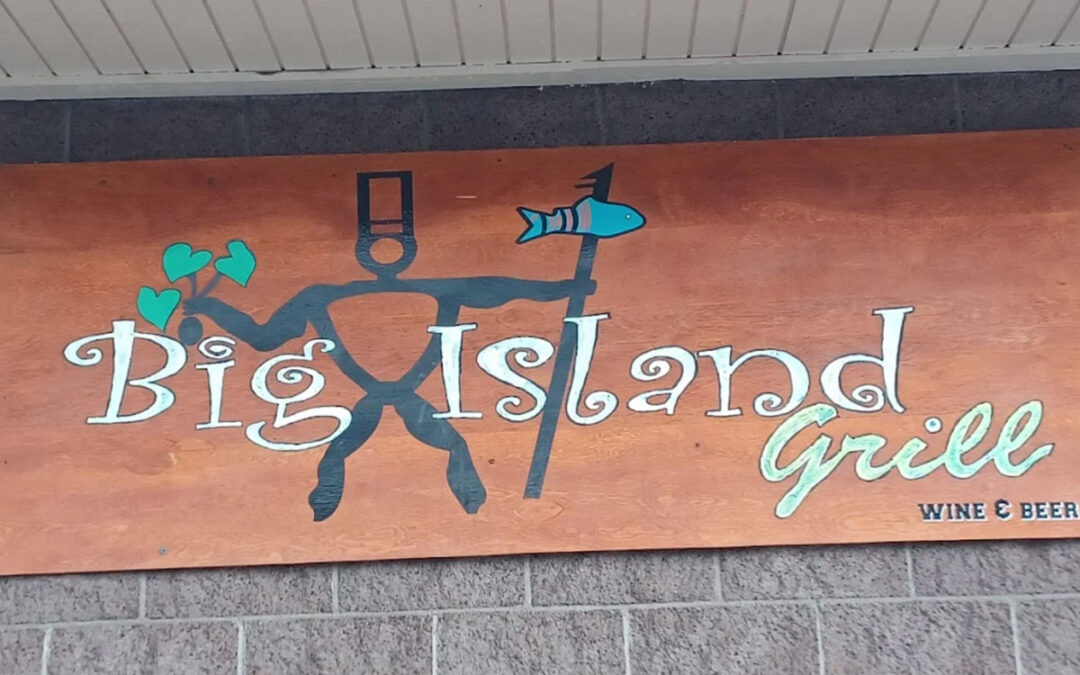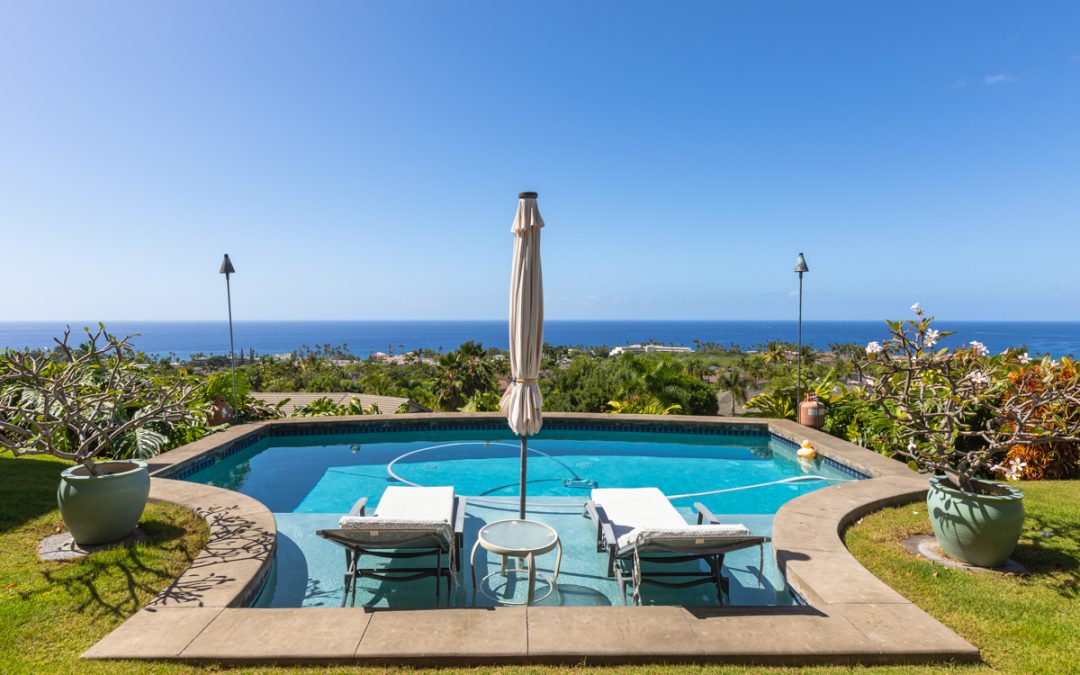This is a mortgage without any closing costs added on to the loan or paid by the borrower. Examples of closing costs would be origination fees, discount points, appraisal cost, processing, underwriting fees, title insurance and recording fees. A mortgage where these costs are added in is not a true no cost loan.
How is this possible? With a no cost loan, the mortgage investor increases the interest rate to pay for the closing costs. In essence, the investor “pays for the party” instead of the borrower. For example, a borrower could obtain a thirty year fixed rate mortgage at 4.75% with $3,600 in closing costs and the same mortgage at 5.25% with no closing costs. The difference in the monthly payment would be $68 a month. Even before you consider the time value of money and possible tax consequences; it would take a borrower 5 years to break even. Most mortgage professionals will opt for a no cost loan when doing their own mortgage, unless it is a purchase and the seller is paying the fees.
The size of the mortgage not only effects how much you can save but the final rate and costs. The bigger the mortgage, as long as you stay under the conforming loan limits, the better the price. Many of the costs for a mortgage, such as appraisal and underwriting, are basically fixed and do not vary with the size of the loan. While title insurance costs will increase with the size of the loan, a $200,000 mortgage will not cost twice as much as a $100,000 mortgage.
Next Week: Seduced by an ARM (Amazingly Risky Mortgage)?
Chip Allen
Crestline Mortgage Bankers
A Division of Universal Lending Corp
Direct: 303.947.2109
Fax: 303.987.0676
Your Lender for Life!






